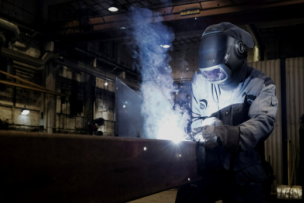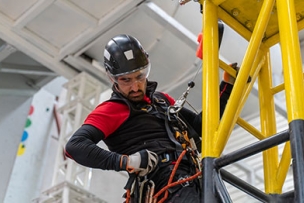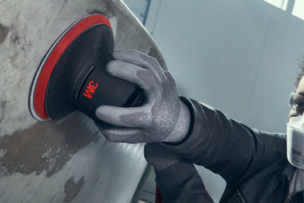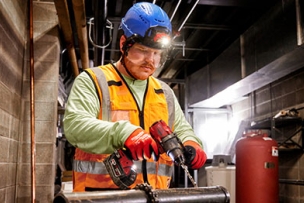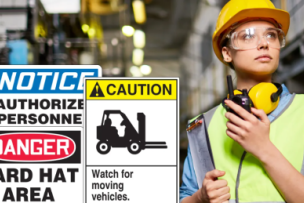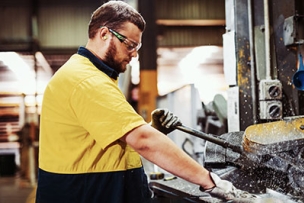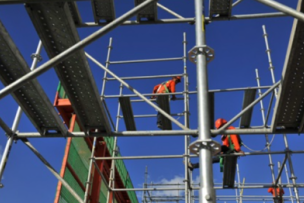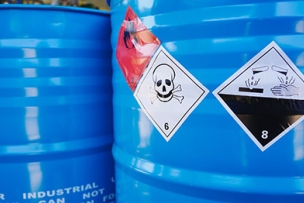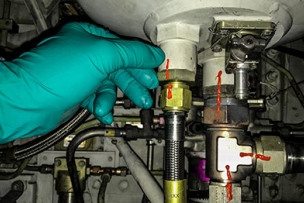Learn about the different features and benefits of the new 3M Speedglas™ G5-01 in this video.
Fines for failing to protect workers from on-the-job falls surged 25 percent to $36.2 million in 2022. The regulation requiring fall protection topped the U.S. Occupational
Safety and Health Administration’s list of most-violated rules for the 12th straight year.
Silica dust may be fine enough to breathe deeply into the lungs and may be associated with negative health effects, especially for workers with repeated exposure over time.
Manufacturers no longer have to give up functionality or comfort when choosing head protection. Milwaukee’s ANSI Type II safety helmets, featuring the innovative BOLT™ System, give workers everything they need for the job.
Consider workplace safety signs as the first line of defense against hazardous and potentially deadly situations.
The Occupational Safety and Health Administration (OSHA) requires all employers to develop a written emergency action plan (EAP) to protect employees during emergency situations, including severe weather.
With the high-powered equipment used in manufacturing facilities and machine shops, pinch-point hazards can be debilitating and even deadly. And they’re everywhere.
The U.S. Bureau of Labor Statistics (BLS) reported 5,190 fatal work injuries in 2021, an 8.9% increase from the reported 4,764 injuries in 2020.
Here’s what you need to know to avoid costly fines for violating OSHA’s standard hazard communication rule, due to be updated this year.
ITW’s Cross Check Torque Seal allow inspectors to quickly flag deterioration and failure of connections in heavy equipment or high-risk environments, avoiding fallout from costly product recalls to injuries.

